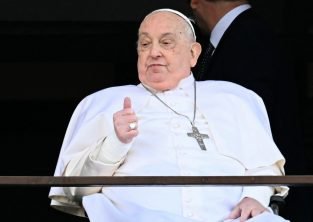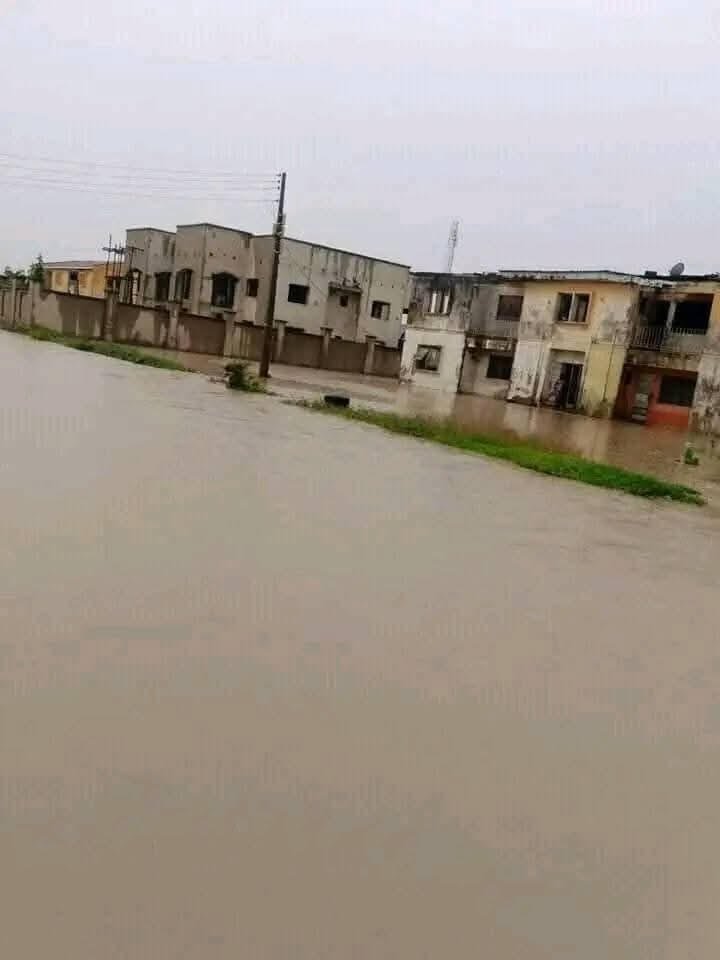Hussaini Kafi in Kano
The election of a new Pope is one of the most sacred and meticulously followed traditions of the Roman Catholic Church, combining centuries-old rituals with deep spiritual significance.
Held in the Vatican City, the process — known as a papal conclave — begins when a sitting Pope dies or resigns, and ends with the iconic white smoke rising from the Sistine Chapel, signaling to the world that a new leader of the Catholic Church has been chosen.
- Papal Vacancy (Sede Vacante)
The process begins when the papacy becomes vacant, either due to the death or voluntary resignation of the current Pope. The term Sede Vacante (Latin for “the seat being vacant”) is used during this period. The Vatican’s daily administration is then overseen by the College of Cardinals, but no major decisions are made until a new Pope is elected.
- General Congregations Begin
All cardinals — those under the age of 80 — are called to Rome. They hold daily meetings known as General Congregations, during which they discuss the needs of the Church and the qualities required of the next Pope. This phase typically lasts a few days and helps cardinals prepare spiritually and mentally for the voting.
- Entering the Conclave
Once the College of Cardinals is ready, they proceed to the conclave — a Latin word meaning “with a key.” The cardinals enter the Sistine Chapel and are sworn to secrecy. During this time, they are entirely cut off from the outside world — no phones, internet, or contact — to prevent outside influence.
- Secrecy Oath
Each cardinal elector takes an oath of secrecy, promising to reveal nothing about the deliberations or voting process. Any breach can result in severe ecclesiastical penalties, including excommunication.
- Voting Begins
The election takes place by secret ballot. Each cardinal writes the name of his chosen candidate on a paper ballot and folds it. One by one, they approach the altar, place their ballot into a chalice, and pronounce, “I call as my witness Christ the Lord who will be my judge, that my vote is given to the one who before God I think should be elected.”
- Vote Counting
Three cardinals, chosen by lot, count the votes. A two-thirds majority is required for a candidate to be elected. If no one receives the required number of votes, another round of voting is held. Up to four votes can take place each day — two in the morning and two in the afternoon.
- Smoke Signals
After each round of voting, the ballots are burned in a special stove inside the Sistine Chapel. Chemicals are added to produce either black or white smoke:
Black smoke (fumata nera) indicates that no candidate has received enough votes.
White smoke (fumata bianca) signals that a new Pope has been elected.
- Acceptance by the Elected Cardinal
When a cardinal finally receives the required votes, the Dean of the College of Cardinals asks him, “Do you accept your canonical election as Supreme Pontiff?” If he accepts, he is asked, “By what name shall you be called?” This marks the moment he officially becomes the Pope.
- Announcement to the World
After donning the white papal robes, the new Pope proceeds to the Loggia of the Blessings — the balcony of St. Peter’s Basilica. The Senior Cardinal Deacon announces to the world, “Habemus Papam!” (Latin for “We have a Pope!”). The Pope then gives his first blessing, Urbi et Orbi (“To the City and the World”).



